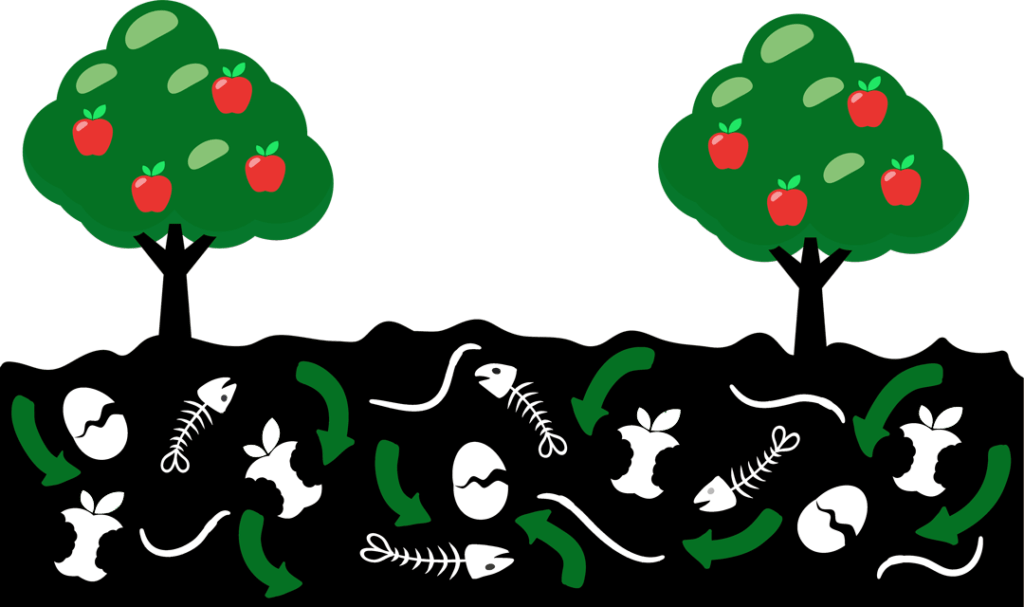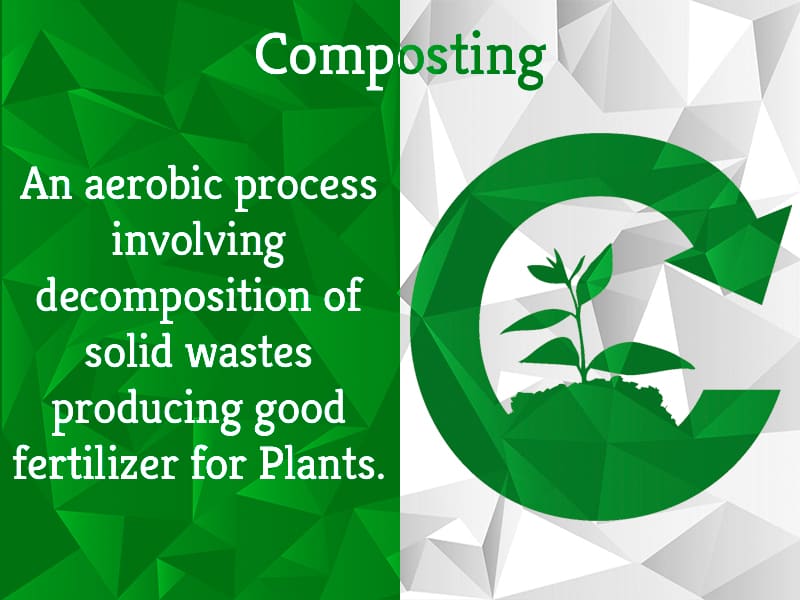Browns + Greens + Water = Composting Basics

Composting is natures way to recycle organic matter.
The general process of composting is to break down solid waste to its simplest parts. This results in high-carbon, high-fiber content along with inorganic elements like nitrogen, phosphorus and potassium. Over several years with the ever expanding range of solid waste, Composting Processes have evolved and adapted.
Some of the composting processes are:
- Onsite Composting – Ideal to compost small amounts of wasted food
- Vermicomposting – Ideal to compost small amounts of wasted food
- Aerated Windrow Composting –Ideal to compost large volumes of waste collected by local Governments or high volume Food Processing Businesses.
- In-Vessel Composting – Ideal to compost when space is restricted
Composting Basics
Like every process, composting is dependent on some basic components:
Materials
The output of any composting process is directly based upon the input. For most ideal results, it requires a proper balance of green organic materials and brown organic materials.
- Browns or Nitrogen Rich Materials like dry leaves or branches
- Greens or Carbon Rich Materials like food scraps or manure
- Water
Survival of Micro-organisms living in the compost is of great importance mainly because they are an integral part of the Composting Process. Their only requirement for survival in the compost is sufficient moisture content. Apart from this, water is the key ingredient responsible for making the nutrients in the organic material accessible to the micro-organisms.
While most organic content contains a certain amount of moisture, it may be required to add water separately.
Obtaining the ideal nutrient mix requires a lot of trials and experimentation.
Size
Better and Homogeneous Compost is produced if micro-organisms have greater surface area to feed upon. Using the correct size of input materials for composting helps improve compost pile insulation to maintain optimum temperatures. However, if the particles are too small, it may prevent proper air circulation through the pile.
Oxygen Flow
Proper circulation is one of the key factors that affects the rate of decomposition. This means, turning the piles periodically or aerating the pile allows for faster decomposition. It is also important to not provide too much oxygen which may then lead to drying out the pile and interrupting the composting process.
Temperature
Along with air circulation, temperature also affects the rate of decomposition during composting. Certain temperatures are ideal for optimum micro-organism activities and promote rapid composting while destroying pathogens and weed seeds. Temperature is also helps differentiate between an active compost pile or an inactive one. Microbial activity can raise the temperatures of the pile’s core to at least 60° C or 140° F. If the temperature of the pile is not rising, it could be indicative of the several conditions including rotting.

